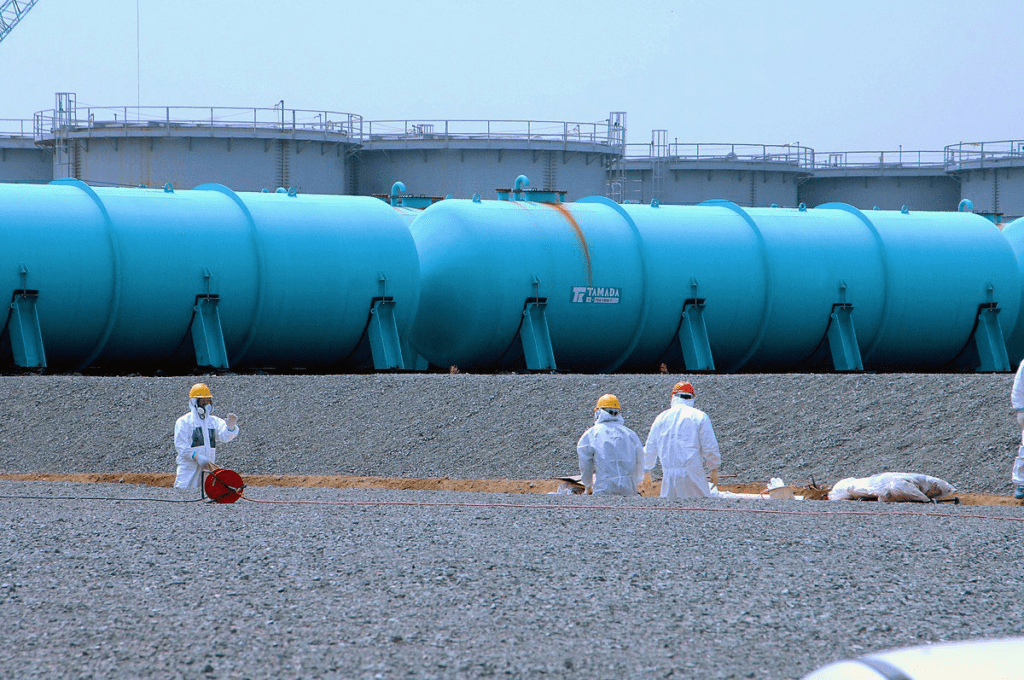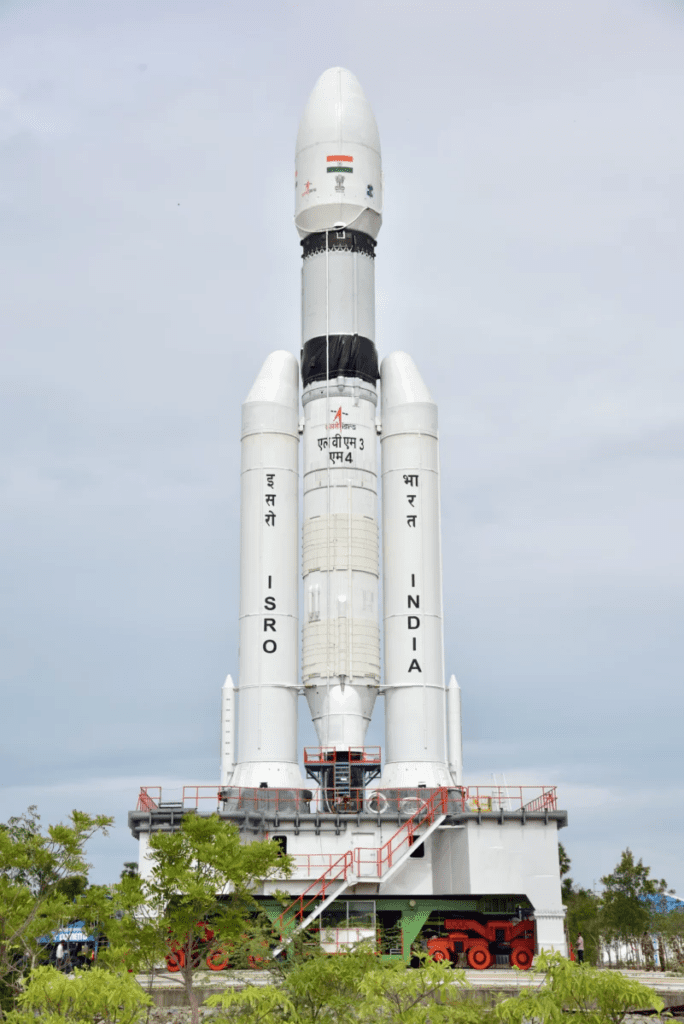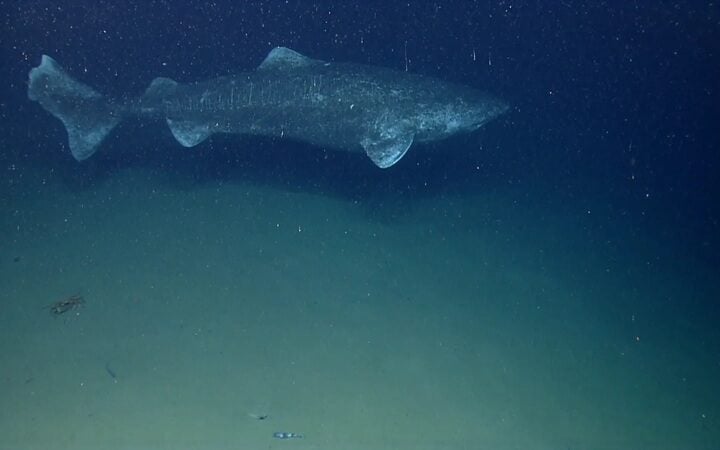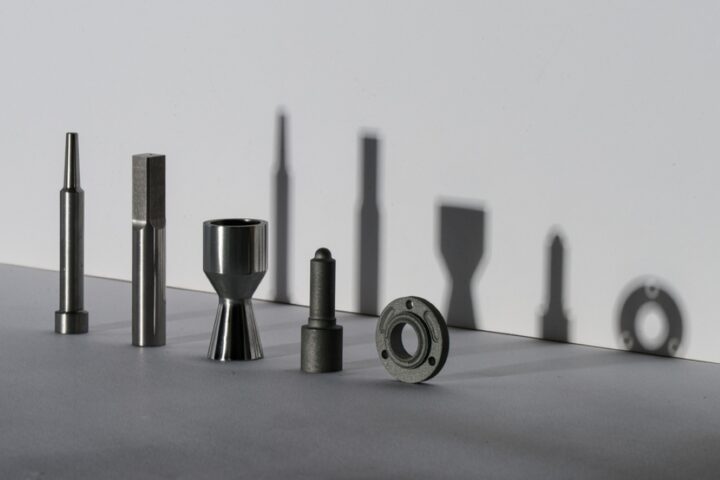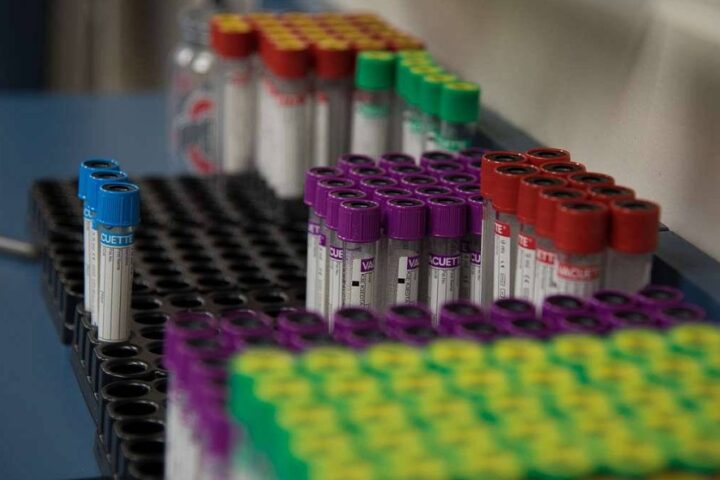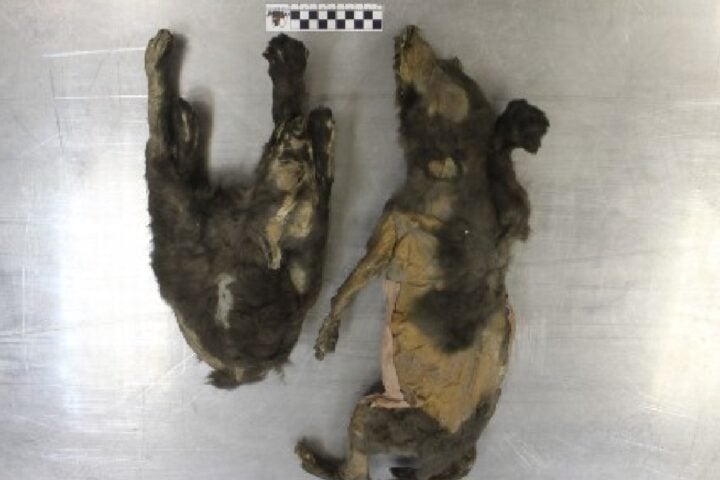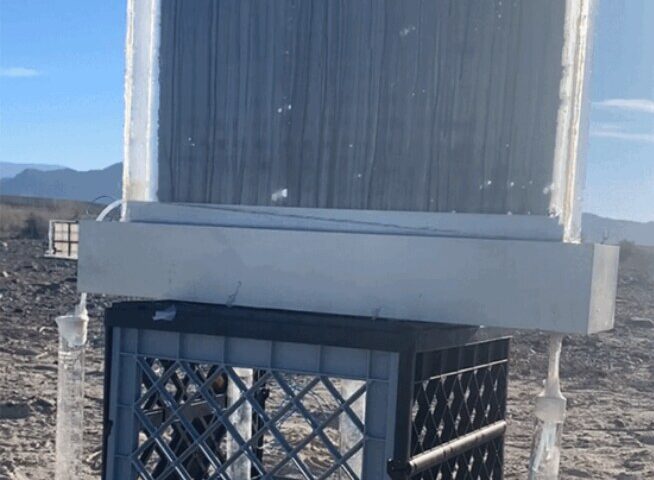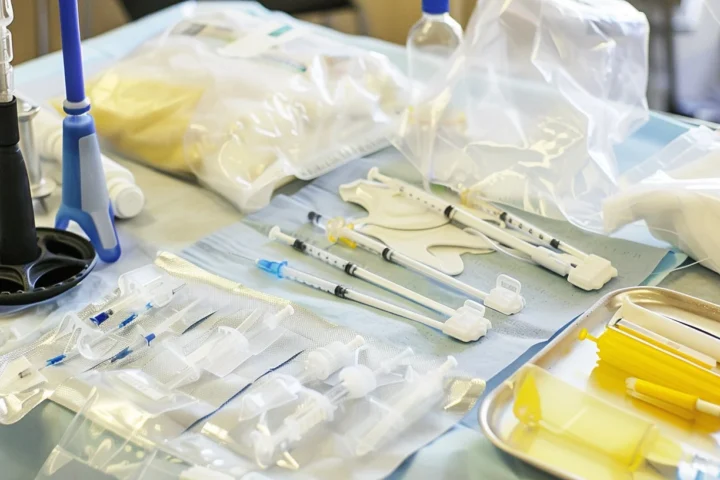The Parker Solar Probe of NASA achieved a significant milestone on June 27, 2023, by completing its 16th orbit around the Sun. During this orbit, the spacecraft had a close approach to the Sun known as perihelion on June 22, 2023. The Parker Solar Probe, at perihelion, came within a distance of 5.3 million miles from the solar surface. It was traveling at an astonishing speed of 364,610 miles per hour during the solar approach. NASA’s Parker Solar Probe emerged from the perihelion healthy and operating normally. The Parker Solar Probe, the first spacecraft ever to “touch the Sun,” has reached a remarkable new milestone. Nour Raouafi, the project scientist at the John Hopkins Applied Physics Laboratory, expressed excitement about the mission’s findings so far. The Parker Solar Probe has allowed scientists to investigate the source of the solar wind and learn more about the magnetic activity within the Sun’s corona. Valuable insights have already been provided by the mission, and there is anticipation for more discoveries as the spacecraft gets even closer to an increasingly active Sun.
The next significant event for the Parker Solar Probe is its sixth flyby of Venus, scheduled for August 21, 2023. This flyby, the sixth out of seven planned flybys of Venus during the spacecraft’s primary mission, will allow the probe to use Venus’s gravity to tighten its orbit around the Sun. The ultimate goal of the mission is to achieve a perihelion distance of just 4.5 million miles from the Sun’s surface. NASA highlights the importance of this perihelion as the Sun becomes more active, offering valuable insights into heliophysics. In preparation for the upcoming Venus flyby, the mission team at the John Hopkins Applied Physics Laboratory performed a small trajectory correction maneuver on June 7, 2023. This maneuver, the first course correction since March 2022, has set a promising trajectory for the next Venus flyby, as the Parker Solar Probe’s burn performance during the maneuver was successful. Nick Pinkine, the mission operations manager at APL, expressed satisfaction with the spacecraft’s performance and health following the maneuver.
Launched from Earth on August 18, 2018, the Parker Solar Probe made history as the first spacecraft to enter the Sun’s corona. The primary mission of PSP is to study the Sun up close, providing a better understanding of how it could impact life and technology on Earth. Eventually, the Parker Solar Probe will fly through the Sun’s atmosphere at a distance as close as 3.8 million miles from the solar surface, which is within the orbit of Mercury and more than 7 times closer than any previous spacecraft has come to the Sun. The successful emergence of the spacecraft from the recent maneuver and flyby confirms its continued healthy operation. The mission team will continue to monitor the Parker Solar Probe’s progress and assess the need for any additional maneuvers in the coming months. The August flyby of Venus marked a significant step in tightening the spacecraft’s orbit around the Sun. The APL team is eager to capitalize on the Sun’s increasing activity and gather further insights into heliophysics.
Similar Post
The unique positioning of the Parker Solar Probe allows for unprecedented observations and measurements of the Sun’s environment. The scientists hope to uncover new details about its behavior and the mechanisms driving space weather by getting closer to the Sun than ever before. The observations of the spacecraft contribute to a broader understanding of the Sun-Earth System and enhance our ability to predict and mitigate the effects of solar activity. The Parker Solar Probe’s mission exemplifies the cutting-edge technological capabilities and scientific prowess of NASA. NASA’s findings and data will inform future space missions and aid in the development of advanced space exploration technologies. As the spacecraft continues its groundbreaking journey, scientists and researchers eagerly await the wealth of knowledge it will uncover. The Parker Solar Probe mission represents a significant step forward in our quest to comprehend the intricacies of our nearest star, the Sun, and its profound impact on our solar system.

